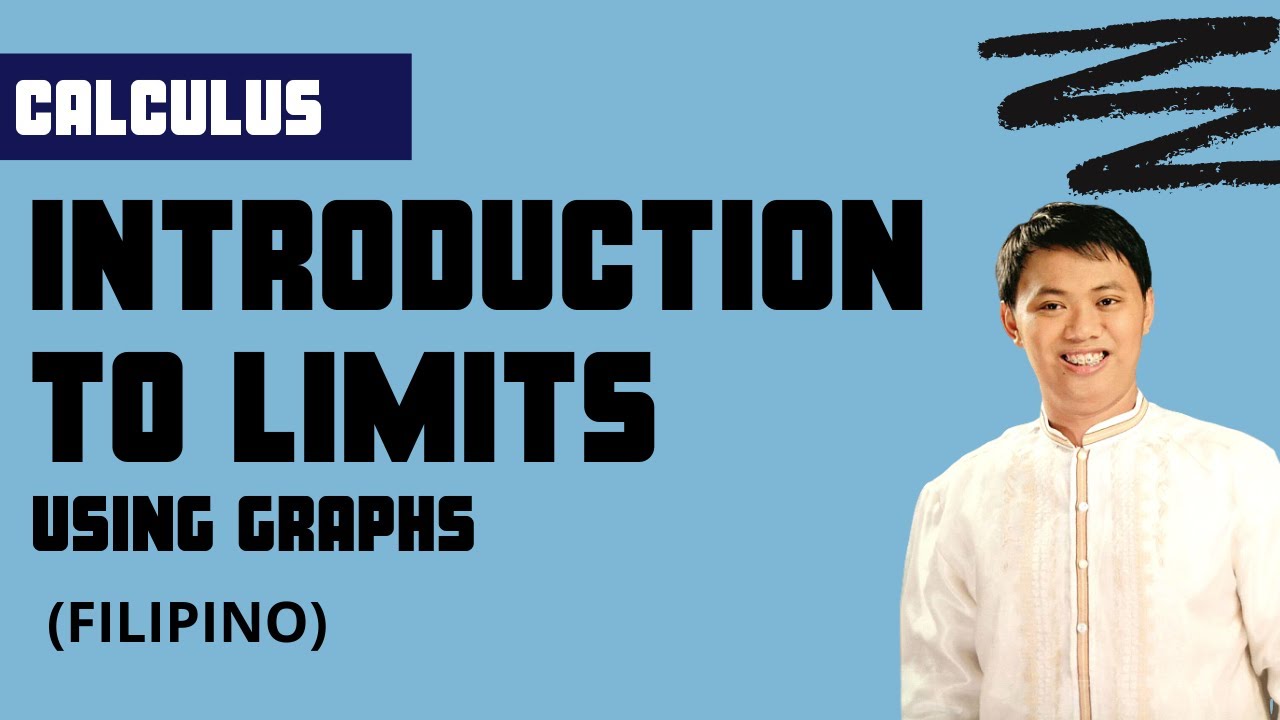Calculus 1 - Introduction to Limits
Summary
TLDRThis video offers a comprehensive introduction to evaluating limits in calculus, both analytically and graphically. It covers direct substitution, factoring, and using conjugates for complex fractions and radicals. The script guides viewers through various examples, illustrating how to find limits as x approaches different values and explains one-sided limits, function values, and different types of discontinuities such as vertical asymptotes, jump discontinuities, and holes.
Takeaways
- 📘 Direct substitution is a method to find limits by plugging in values close to the point of interest, but not the point itself.
- 🔍 When direct substitution results in an undefined expression (like 0/0), other techniques such as factoring are necessary to simplify the function.
- 🔢 Factoring expressions, especially differences of squares and cubes, can help simplify limits by eliminating problematic terms like zero in the denominator.
- 📉 For limits involving fractions, cancelling common factors in the numerator and denominator can simplify the expression and make direct substitution possible.
- 📈 The limit of a function can be evaluated graphically by observing the behavior of the graph as it approaches a certain point from the left or right.
- 📊 Left-sided and right-sided limits can differ, indicating a discontinuity at a point, and if they match, the limit exists from either side.
- 🚫 Vertical asymptotes occur when the function has a zero in the denominator at a certain point, making the function undefined there.
- 🔄 Complex fractions and radicals can be handled by multiplying by the common denominator and the conjugate to simplify the expression.
- 📋 The value of the function at a certain point is found by looking for the y-value at the corresponding x-coordinate on the graph, which may differ from the limit.
- ⚠️ Discontinuities such as jump discontinuities and holes can affect the existence of limits and the function's value at specific points.
Q & A
What is the main topic of the video?
-The main topic of the video is an introduction to limits, focusing on how to evaluate them both analytically and graphically.
What is the first example given in the video to explain limits?
-The first example is finding the limit as x approaches two of the function (x^2 - 4) / (x - 2).
Why is direct substitution not possible for the first example in the video?
-Direct substitution is not possible because plugging in x = 2 results in a 0/0 indeterminate form, which is undefined.
How does the video suggest finding the limit when direct substitution fails?
-The video suggests plugging in values close to the point of interest but not exactly that point, or using algebraic manipulation such as factoring.
What is the limit of the function (x^2 - 4) / (x - 2) as x approaches 2 according to the video?
-The limit is 4, as demonstrated by plugging in values close to 2 and observing the function's behavior.
What technique does the video use to simplify the first example before finding the limit?
-The video uses factoring to simplify the expression (x^2 - 4) as (x + 2)(x - 2) and then cancels out the (x - 2) term before substitution.
How does the video handle limits involving fractions where the denominator becomes zero?
-The video suggests factoring the numerator and denominator to cancel out the common factors causing the zero in the denominator.
What is the limit of the function x^3 - 27 / (x - 3) as x approaches 3, and what technique is used?
-The limit is 27, and the technique used is factoring the numerator as a difference of cubes and then canceling the common (x - 3) factor.
How does the video approach evaluating limits graphically?
-The video demonstrates evaluating limits graphically by looking at the y-values as x approaches a certain point from the left or right side of a graph.
What are the different types of discontinuities mentioned in the video?
-The video mentions jump discontinuities, infinite discontinuities, and holes (removable discontinuities).
How does the video determine if a limit exists graphically?
-The video determines if a limit exists graphically by checking if the left-sided limit and the right-sided limit match at a given point.
Outlines

This section is available to paid users only. Please upgrade to access this part.
Upgrade NowMindmap

This section is available to paid users only. Please upgrade to access this part.
Upgrade NowKeywords

This section is available to paid users only. Please upgrade to access this part.
Upgrade NowHighlights

This section is available to paid users only. Please upgrade to access this part.
Upgrade NowTranscripts

This section is available to paid users only. Please upgrade to access this part.
Upgrade NowBrowse More Related Video
5.0 / 5 (0 votes)





